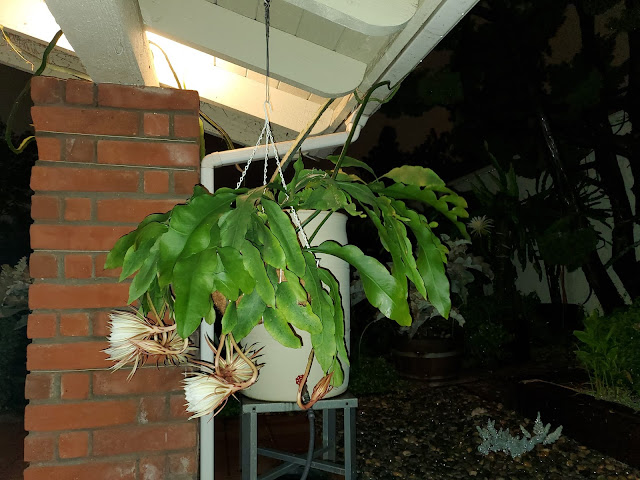A reminder that you can read two of my stories, Sunless and Nine Diopters, at Gareth Jelley's remarkable IZ Digital, the webzine companion to Interzone magazine.
Full disclosure: It's actually "Nine Dioptres" but you're unlikely to die from reading half a dozen words spelled in British English.
Tomey placed his feet carefully on the network of life support tubing, grabbing at handholds as he moved from the cable side of the Rambler’s hull to the outward side. The ship slid upwards, cables screeching.
Soon, the ground vehicles were no longer visible. To the west, green veins of copper ore shot through the orange rock of the treeless Lono Hills. The mangled ground formed a circle near the foot of the funicular, the green, white and yellow squares of farms filled the horizon to the east, and to the south the garden-roofed skyscrapers of the city flourished like a jungle streaked with black crevasses. The cold, hard metal of a liquid oxygen pipe burned Tomey’s hands, and he switched his grip, cursing under his breath.
‘I can’t see that far,’ said Aminah, and bit her lip. Why admit that to the stranger? Suddenly overcome with self-pity, tears came to her eyes. Nuada waited until the black-robed figure was ready.
When Aminah spoke, it was with a sob: ‘I’m going blind, Nuada. Every day I see less and less!’
Nuada led her below. ‘Wait here. I can help you,’ she said, and got her bag. She took out her left eye and fitted a microeye into the socket. She peered into Aminah’s eyes, one after the other. Then she sat back, calculating something. ‘You aren’t going blind. It’s just myopia, which is easily corrected with lenses.’
‘I couldn’t wear a machine on my face,’ wailed Aminah.













